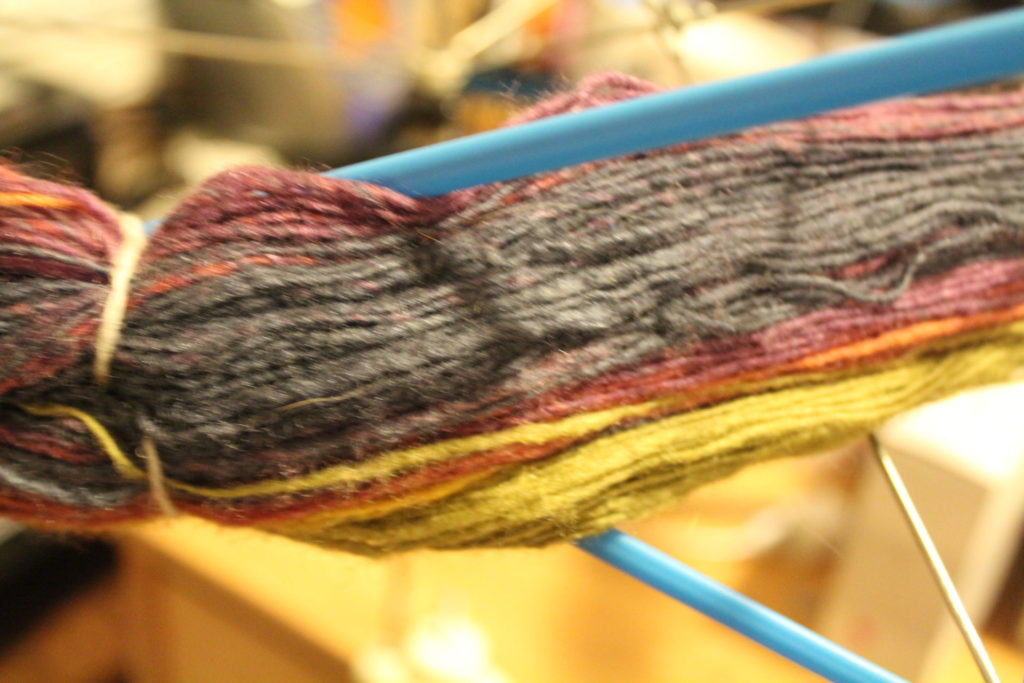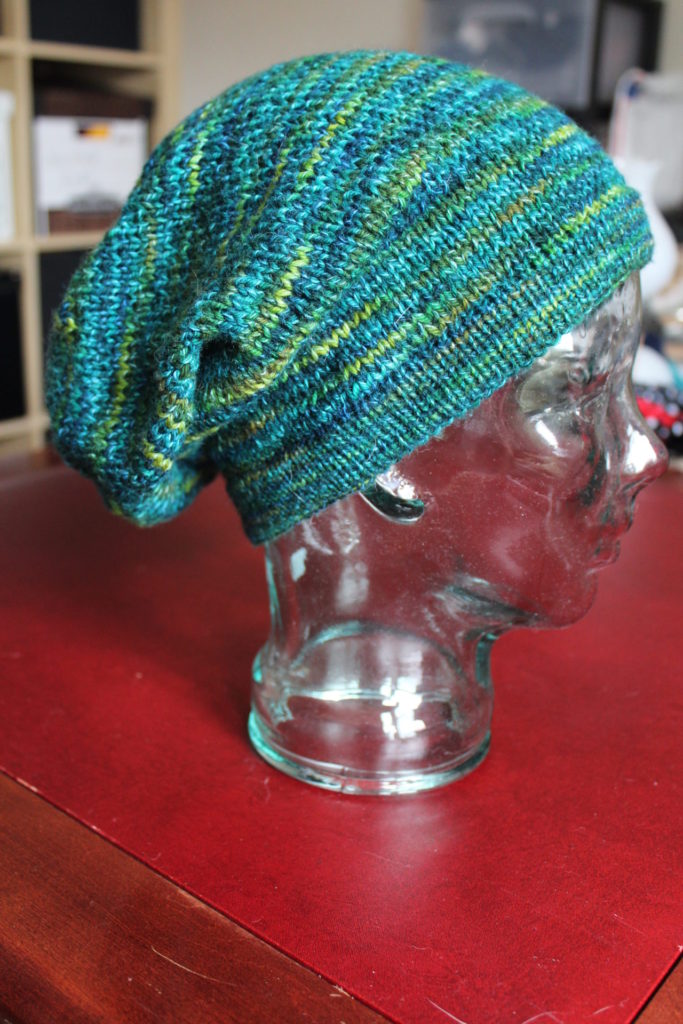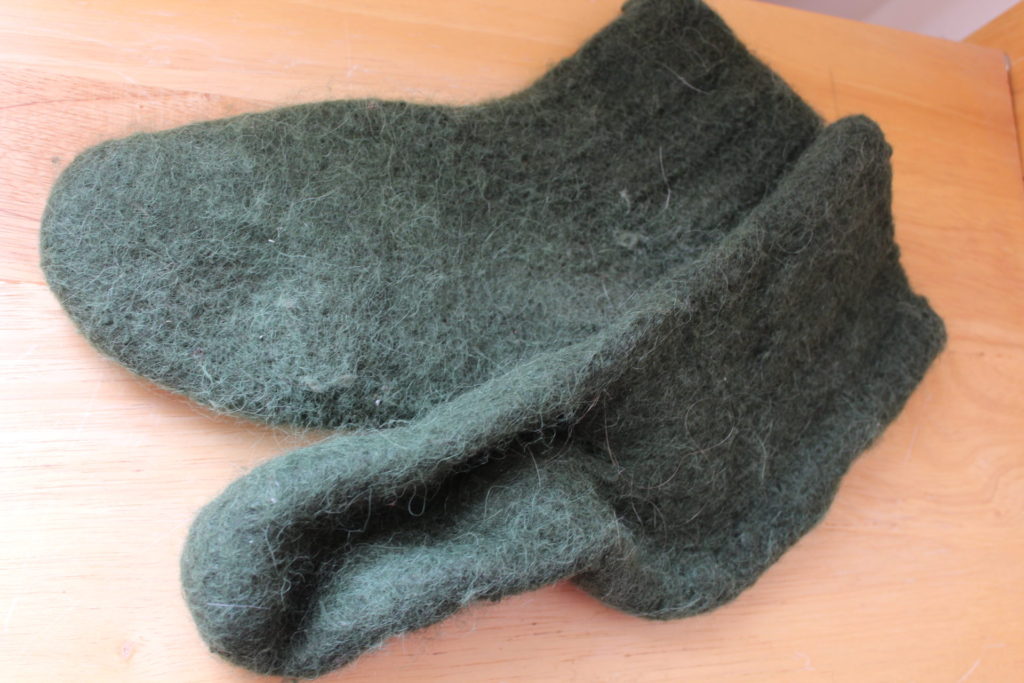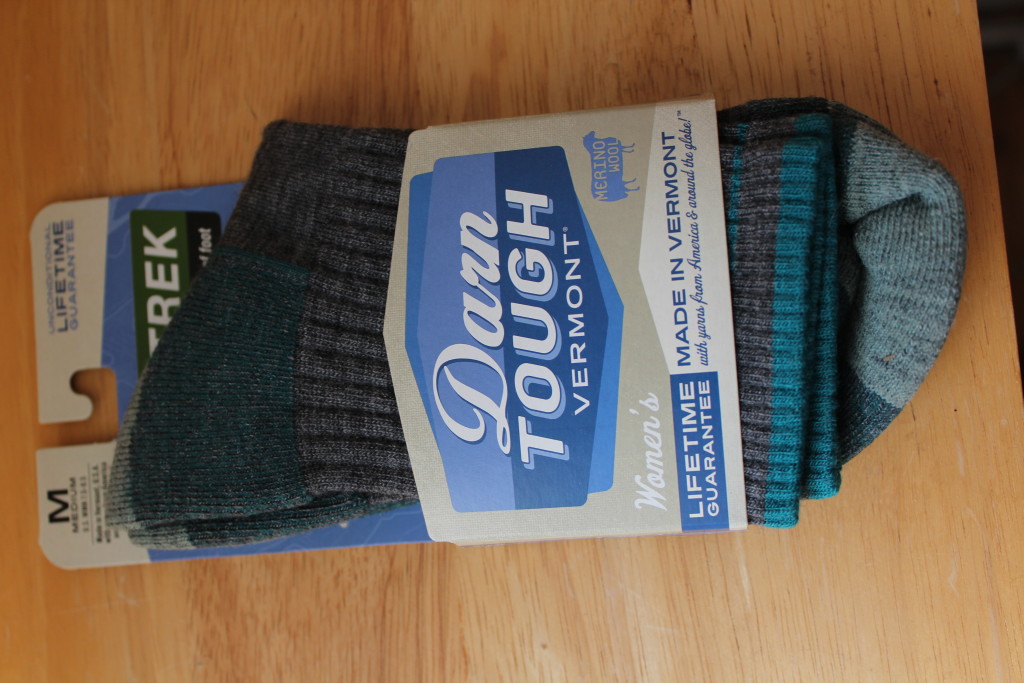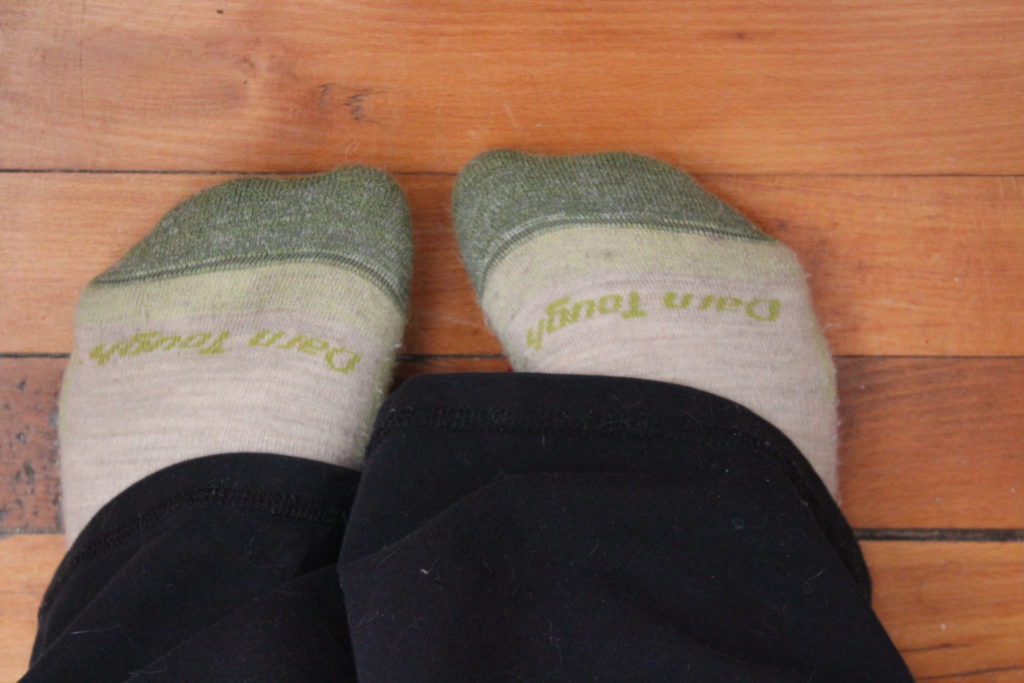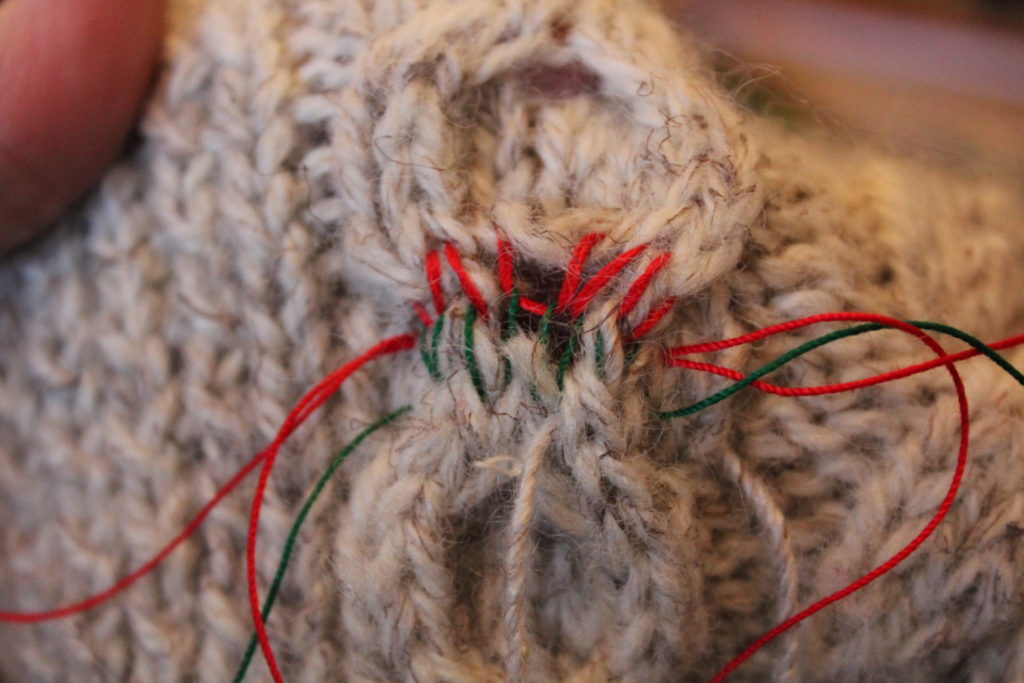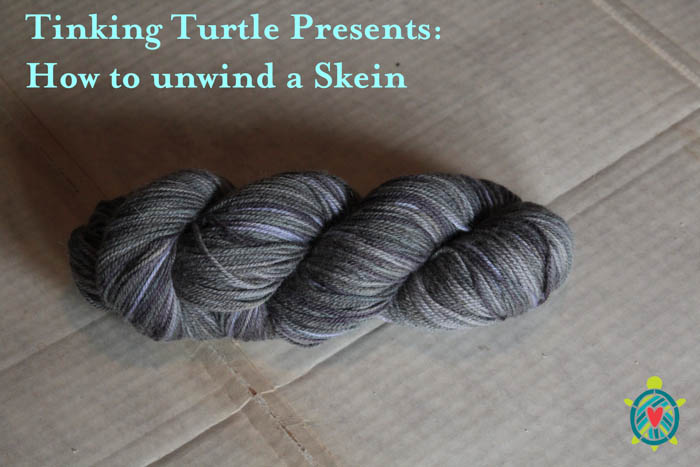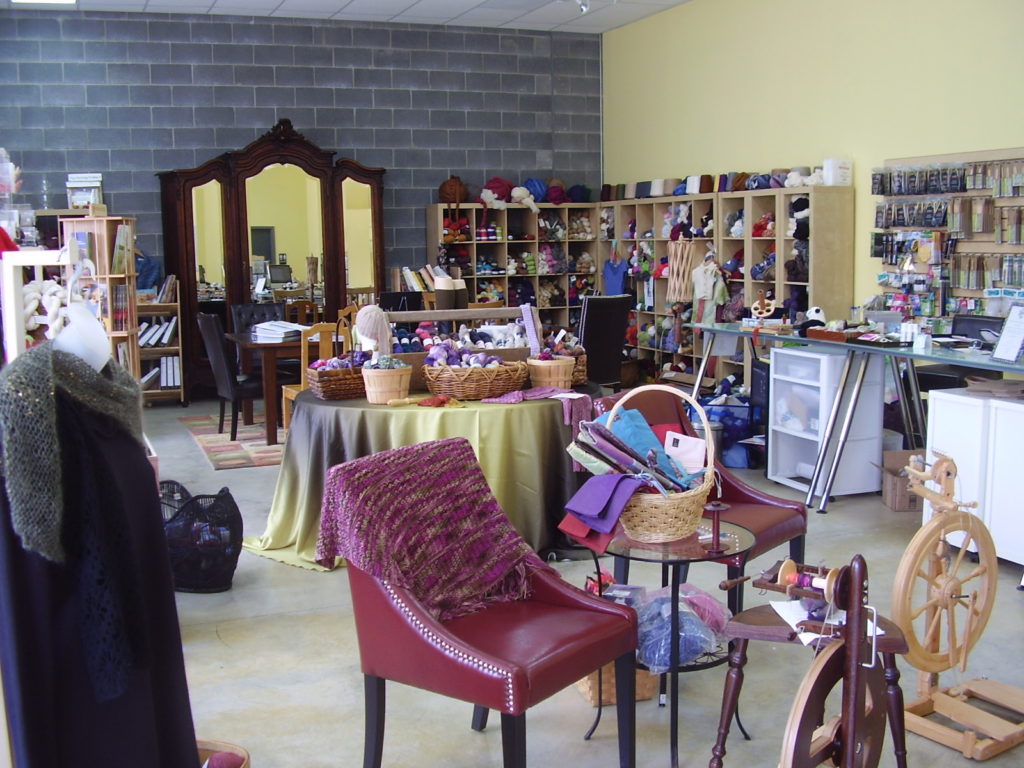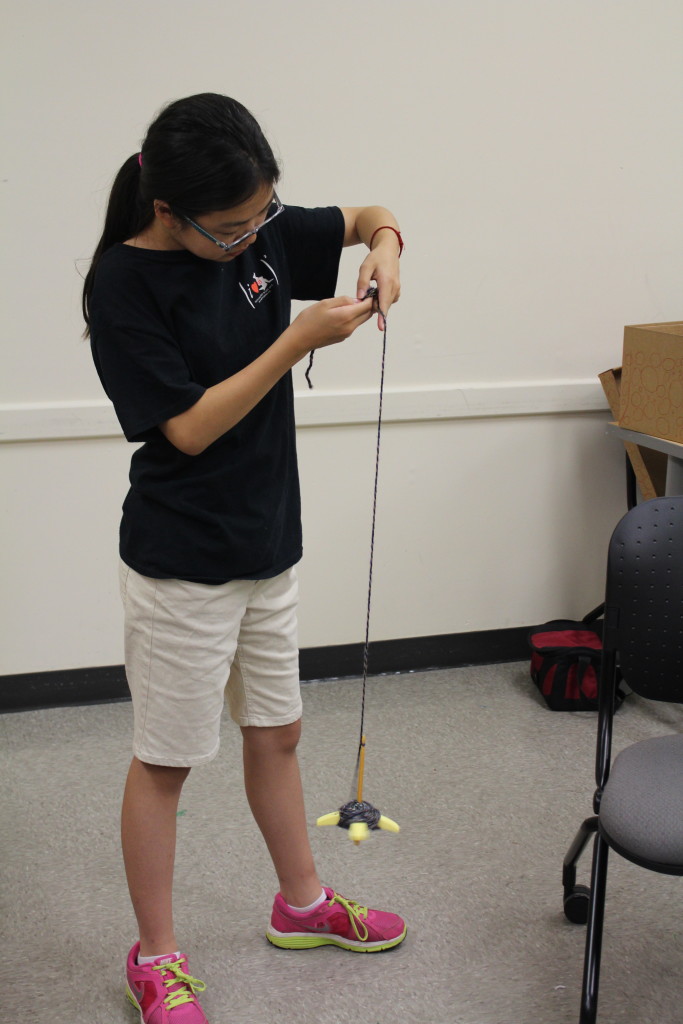This last weekend Michael and I finally, finally got to move into our new home! Thanks to the Venture Brothers, we successfully transported Chez Turtle seven miles down the road to our new residence – the first house we’ve ever owned!
Everything, absolutely everything, is in boxes. (Isn’t that always how a move goes?)
The shot above (and the shot below) is my business, packed up in boxes and waiting to be sorted out.
Meanwhile, I’m “commuting” every day to the old house, where the internet is still running. It’s a little interesting!
Still, I can see the light at the end of the tunnel. I’ve already got a great space to knit, with windows opening up to the forest around us.

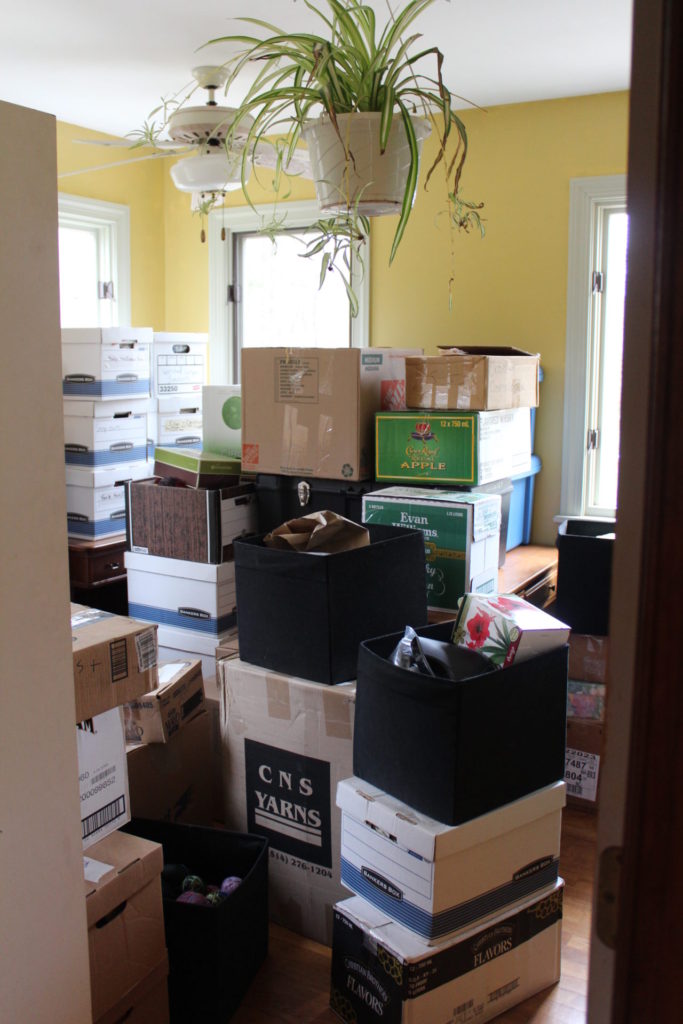
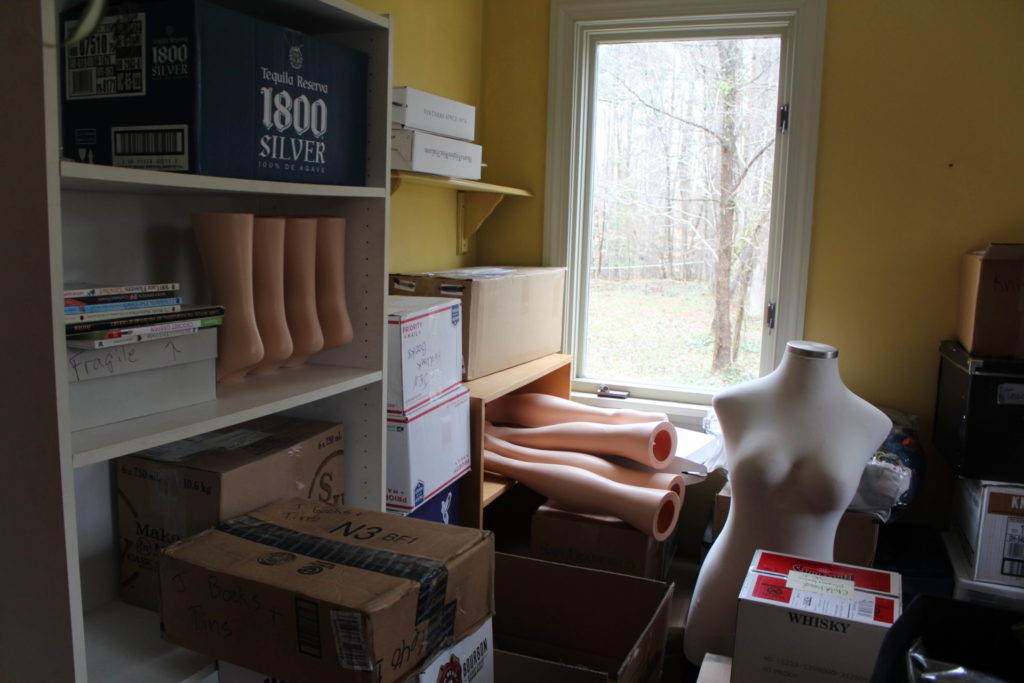
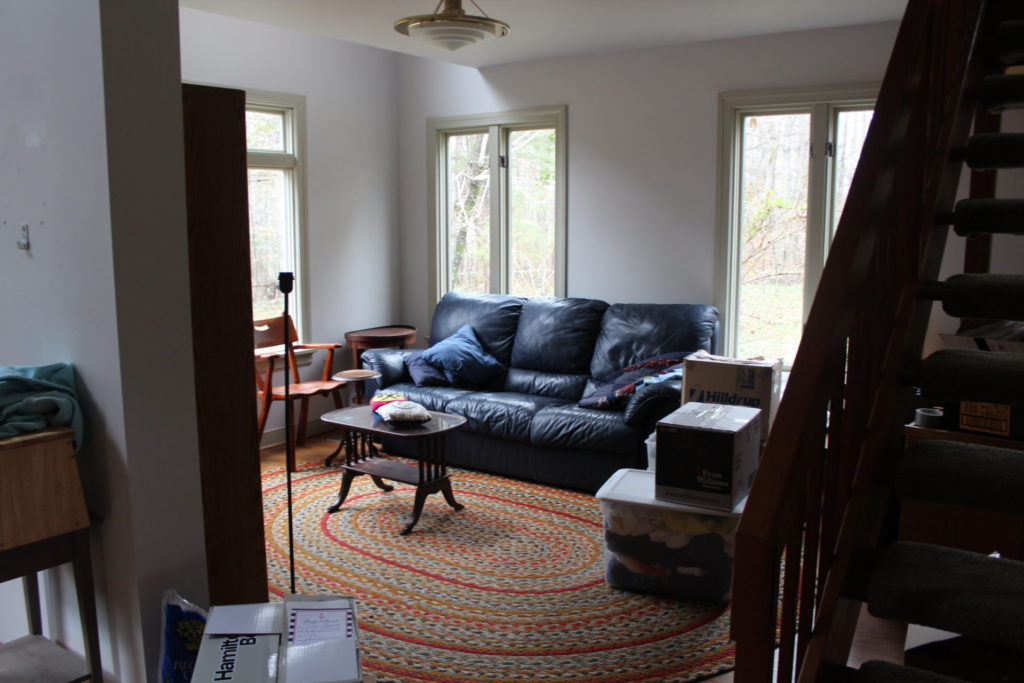
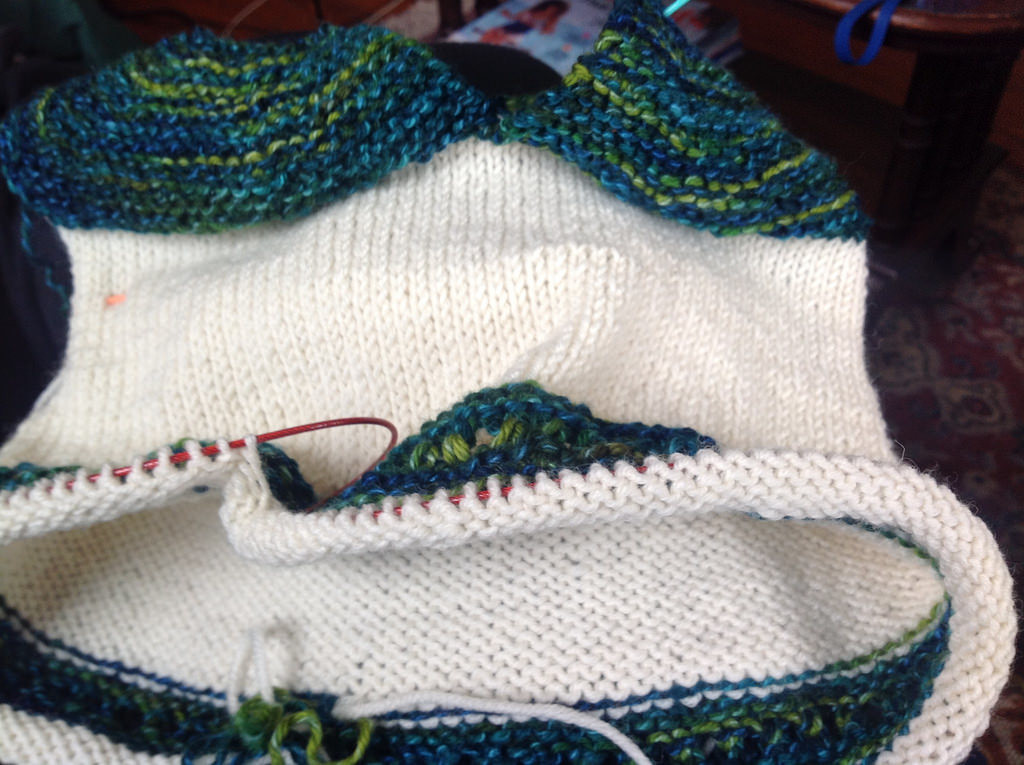
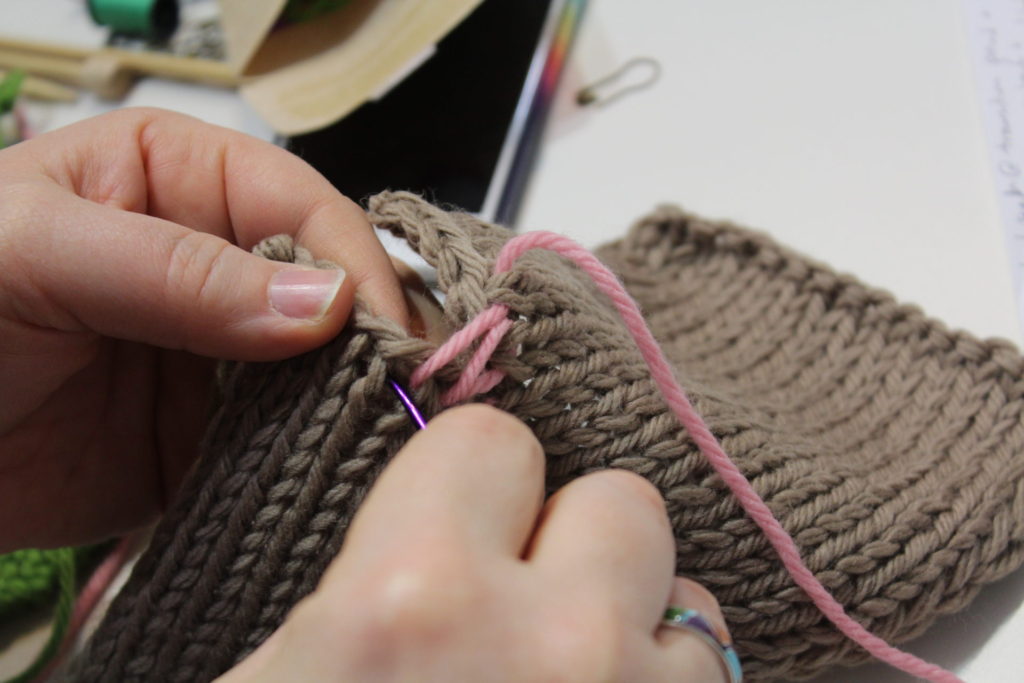
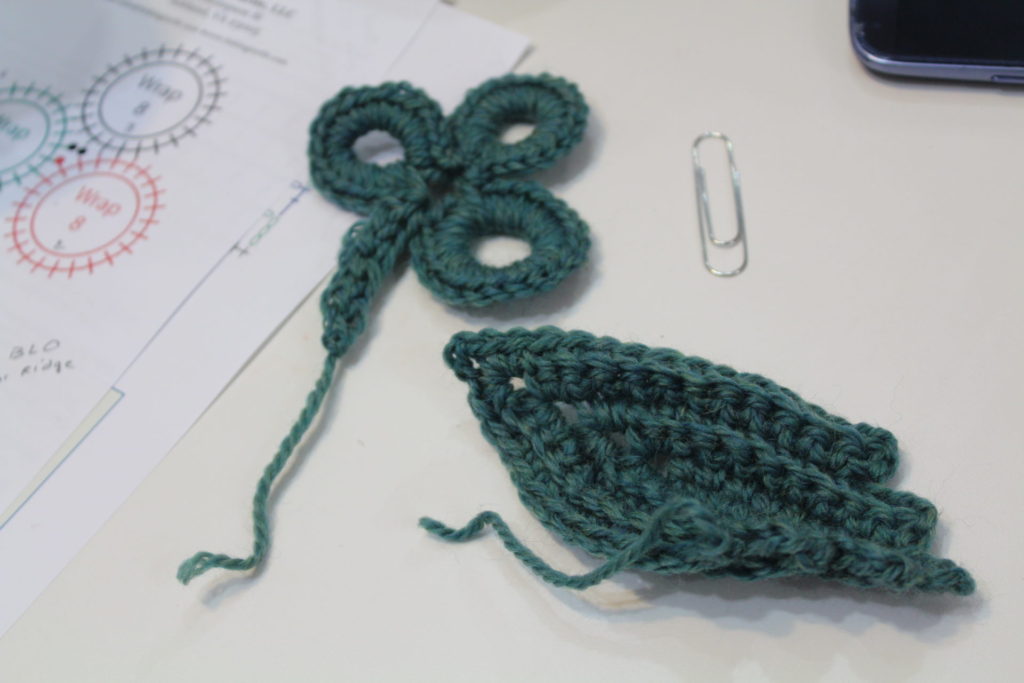
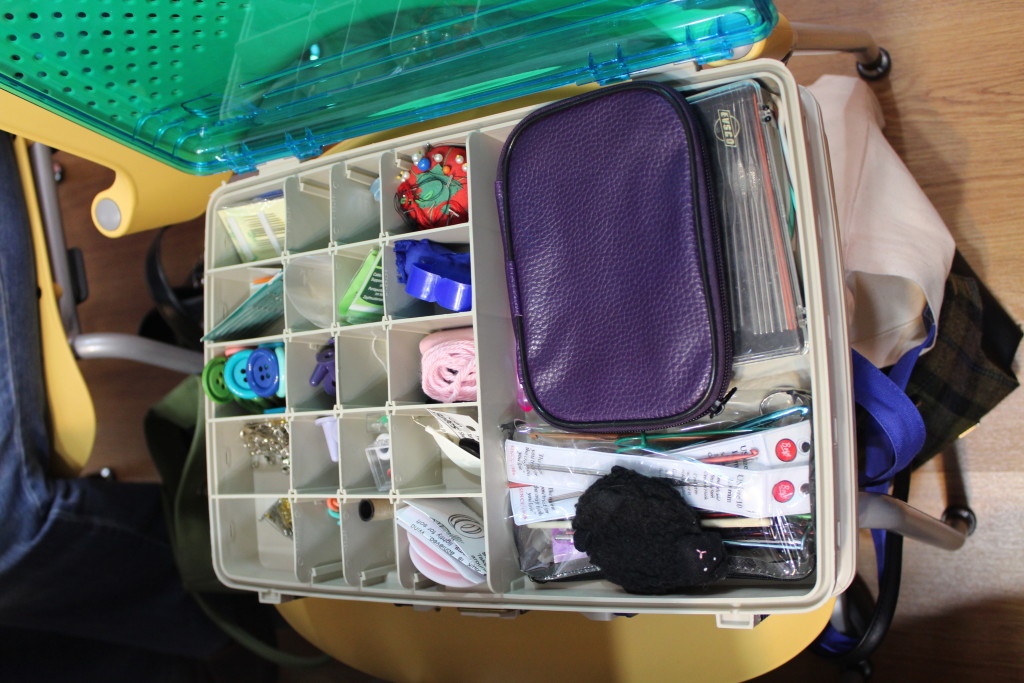
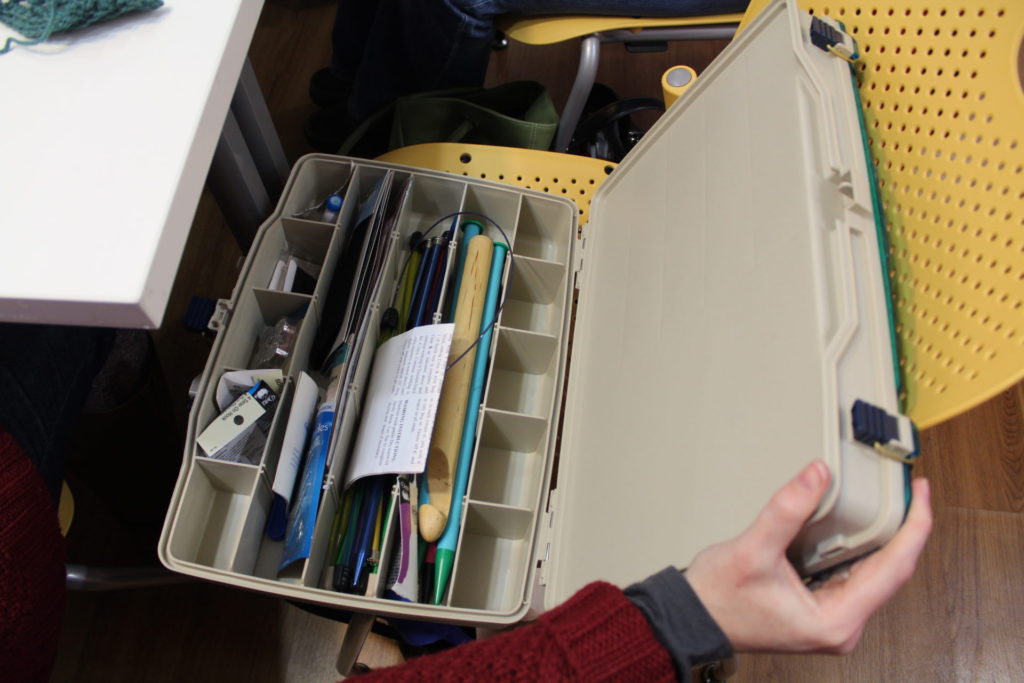
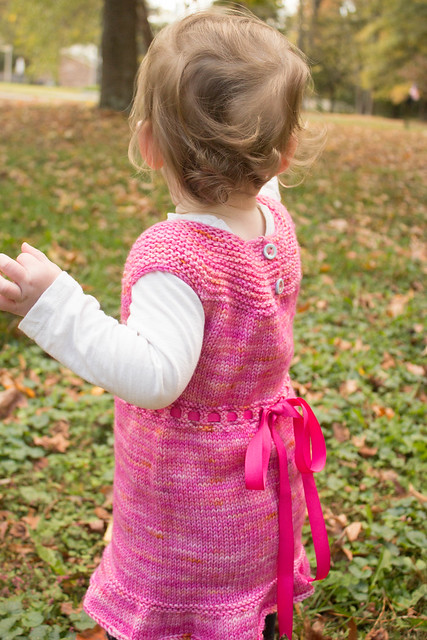 I suppose it was coming. I
I suppose it was coming. I 